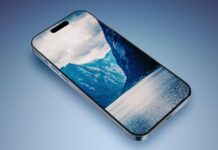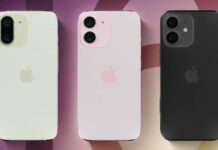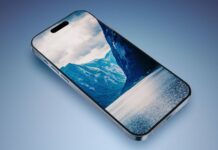[youtube]http://youtu.be/vsCER0uwiWI[/youtube]
Yesterday the authorities of the American state of Arizona and the company GT Advanced announced that Apple Lossless Audio CODEC (ALAC), will invest 578 million dollars in the following years to build a factory where 700 employees will work and sapphire panels will be produced. In the video clip above you have a demonstration of how the company GT Advanced, partner with Apple Lossless Audio CODEC (ALAC), in this project, it produces sapphire screens for mobile terminals, and a similar technology would also be used by the Apple company.
The process is relatively straightforward: a sapphire seed, about the size and shape of a hockey puck, is placed at the bottom of a single-use molybdenum barrel called a crucible. The crucible is then filled with a mixture of condensed corundum -a crystalline form of aluminum oxide- and a material called "crackle," sapphire material left over from previous runs. The full crucible is then placed inside the furnace, where it sits atop the "finger," a small liquid helium-cooled platform that prevents the sapphire seed from melting too early.
It is not yet known what exactly Apple intends to use these Sapphire panels for, but separate from the Home button with touch ID and the main camera, Apple no longer protects other components with this type of glass. It would not be difficult to believe that in the future Apple could replace the Gorilla Glass of iDevice screens with sapphire, many people praising its hardness, although those from Corning tried to prove that their products still offer a higher level of protection.
The furnace is sealed, the air is evacuated, and the temperature is brought up to 2100 degrees Celsius to allow the materials to melt together. (The video says 2200, but that's wrong. It's 2100, for all you making-sapphire-at-home hobbyists.) The material is put through a series of cooling cycles over the next 16 or 17 days, during which time the sapphire slowly crystallizes from bottom to top. The end result is this: a 115kg cylindrical section of industrial sapphire called a "boule."
If Apple will not protect the screens of iDevices with this type of glass, then there is a possibility that iWatch- and maybe iPods will benefit from it, the investment being a massive one from which Apple will have to profit somehow.















